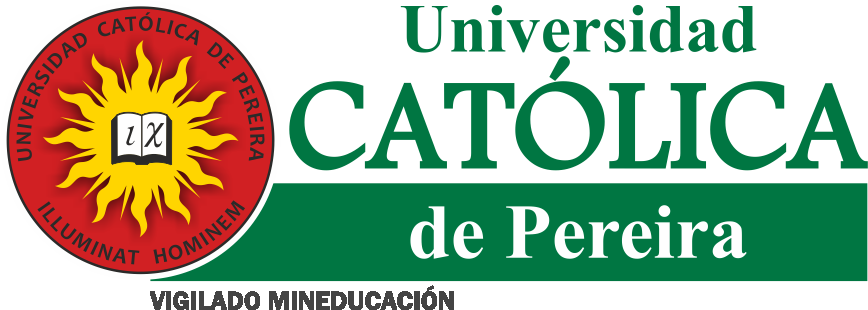Publicación: Qué enseñan algunos cuentos de los Hermanos Grimm sobre la angustia y cómo se articula con el Psicoanálisis
| dc.contributor.author | Serna González, Natalia | |
| dc.date.accessioned | 2015-04-23T19:42:12Z | |
| dc.date.available | 2015-04-23T19:42:12Z | |
| dc.date.issued | 2015-04-23 | |
| dc.description | Trabajo de Grado (Psicología). Facultad de Ciencias Humanas, Sociales y de la Educación, Pereira, 2015 | es |
| dc.description.abstract | Esta investigación está enmarcada en la propuesta psicoanalítica freudiana y lacaniana teniendo como norte la pregunta: Qué enseñan algunos cuentos de los hermanos Grimm sobre la angustia y cómo se articula con el psicoanálisis. Para responder a este propósito se aplica el método de desciframiento y las rejillas de análisis de antecedentes. El resultado más importante se resume en que la angustia surge bajo cuatro formas, a saber, lo ominoso, los imperativos superyóicos, la revelación de la muerte y la fascinación mortífera. Finalmente, lo que enseñan estos cuentos sobre la angustia al presentar la temática de la muerte de forma inmediata y en primer plano, tal como los sueños de angustia estudiados por Freud, es que confrontan al sujeto con aquellos contenidos reprimidos que se imponen en la superficie de manera explícita como los asesinatos dentro del núcleo familiar. Así, se reactualizan aquellas mociones, escenas y contenidos inconscientes de carácter hostil propios de la infancia que son dirigidas a sus figuras parentales y fraternales. /Abstract: This research is based on a Freudian and Lacanian proposes having as a guide the question: what do some Gimm´s Brother Tales teach about angst? And how it links with psychoanalysis? To give an answer to this purpose the decode method and some analysis of background girds is applied. Most important results are summarized in emergence of angst under four forms; ominous, superego´s imperatives, revelation of death and deadly fascination. Finally, these tales teaches about angst presenting the topic of immediately death as foreground like angst dreams studied by Freud, is that they confront the subject with those repressed contents that are imposed on the surface explicitly as the murders within the family, thereby bringing up to date those motions, scenes and unconscious contents of own hostile character of childhood that are aimed to their fraternal and parental figures.surface explicitly as the murders within the family, thereby bringing up to date those motions, scenes and unconscious contents of own hostile character of childhood that are aimed to their fraternal and parental figures. | es |
| dc.description.sponsorship | Universidad Católica de Pereira. Asesora: Maya Restrepo, Beatriz Elena | es |
| dc.identifier.other | CDMPSI215 | |
| dc.identifier.uri | http://hdl.handle.net/10785/3020 | |
| dc.language.iso | Español | es |
| dc.publisher | Universidad Católica de Pereira | es |
| dc.relation.ispartofseries | Monografía; CDMPSI215 | |
| dc.rights | Attribution-NonCommercial-NoDerivs 3.0 United States | * |
| dc.rights.uri | http://creativecommons.org/licenses/by-nc-nd/3.0/us/ | * |
| dc.subject | Angst | es |
| dc.subject | Ominous | es |
| dc.subject | Edipus Complex | es |
| dc.subject | Superego | es |
| dc.subject | Grimm's brothers tales | es |
| dc.subject | Angustia | es |
| dc.subject | Ominoso | es |
| dc.subject | Complejo de Edipo | es |
| dc.subject | Superyó | es |
| dc.subject | Cuentos de los hermanos Grimm | es |
| dc.title | Qué enseñan algunos cuentos de los Hermanos Grimm sobre la angustia y cómo se articula con el Psicoanálisis | es |
| dc.type | Other | es |
| dspace.entity.type | Publication |
